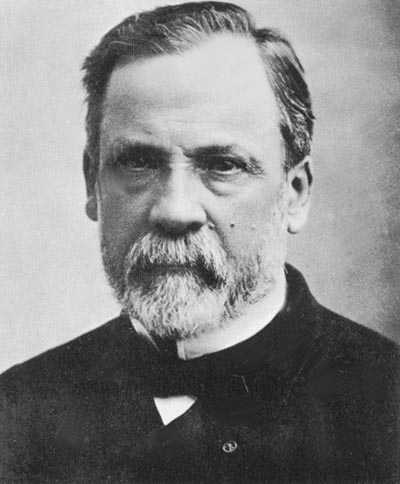
If one were to choose among the greatest benefactors of humanity, Louis Pasteur would certainly rank at the top. He solved the mysteries of rabies, anthrax, chicken cholera, and silkworm diseases, and contributed to the development of the first vaccines.
He is revered for possessing the most important qualities of a scientist: the ability to survey all the known data and link the data for all possible hypotheses, the patience and drive to conduct experiments under strictly controlled conditions, and the brilliance to uncover the road to the solution from the results.
The pattern of logic in Pasteur's scientific career and the brilliance of his experimental method are well documented. . He hypothesized that this molecular asymmetry is one of the mechanisms of life. In other words, living organisms only produce molecules that are of one specific orientation, and these molecules are always optically active.
. Later in his career, he was approached with a contamination problem in alcoholic fermentation, which was thought to be an entirely chemical process at the time. After careful examination, he found that the fermenting solution contained optically active compounds and concluded that fermentation was a biological process carried out by microorganisms. This hypothesis, called the germ theory, was followed by many elegant experiments that showed unequivocally the existence of microorganisms and their effect on fermentation.
The germ theory was the foundation of numerous applications, such as the large scale brewing of beer, wine-making, pasteurization, and antiseptic operations. Another significant discovery facilitated by the germ theory was the nature of contagious diseases. Pasteur's intuited that if germs were the cause of fermentation, they could just as well be the cause of contagious diseases. This proved to be true for many diseases such as potato blight, silkworm diseases, and anthrax. After studying the characteristics of germs and viruses that caused diseases, he and others found that laboratory manipulations of the infectious agents can be used to immunize people and animals. The discovery that the rabies virus had a lag-time before inducing disease prompted the studies of post-infection treatment with weakened viruses. This treatment proved to work and has saved countless lives.
Today we use genetically produced antirabic serum.Vaccinations and Innoculatons have become a routine after birt, Children are vaccinated aginst diptheria, chicken pox and tetsnus. They are also immunised against measles, typhoid,tuberculosis and a host of other diseases.

.



